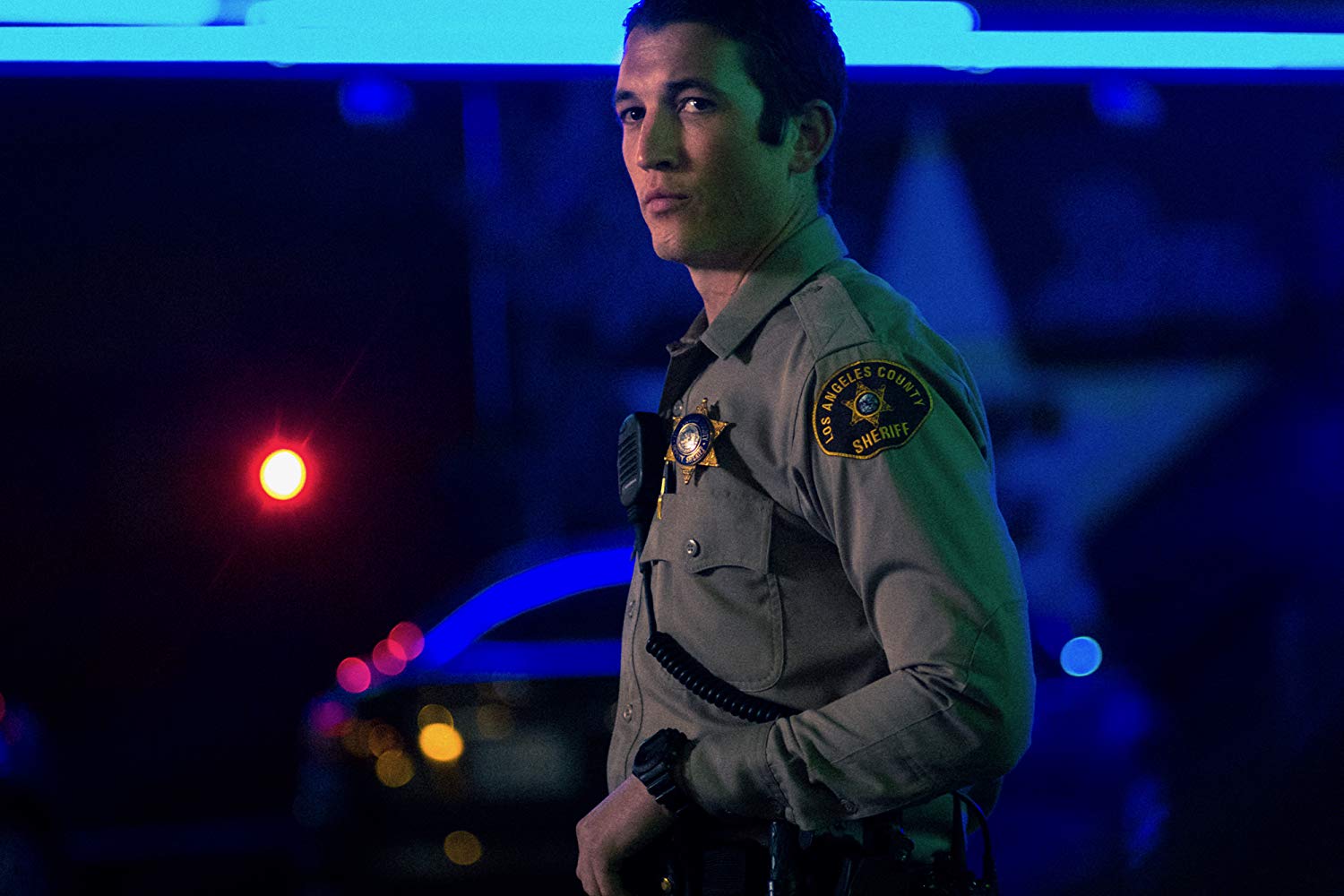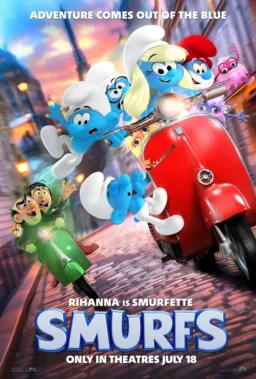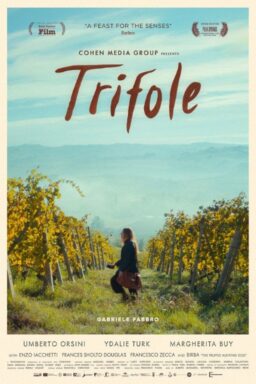This should not be considered a traditional TV review, but Nicolas Winding Refn’s “Too Old to Die Young” is most certainly not traditional TV. What’s more relevant to the issue at hand is that Amazon only made available the two episodes that Refn brought to Cannes, cut into a 138-minute movie – numbers 4 and 5 in the 10-episode, 13-hour season. If you think it’s probably weird to jump into a show four episodes in, you’re mostly right, although this is far from a normal series when it comes to structure and tone. If you only watched episodes 9 and 10 of “Twin Peaks: The Return,” you wouldn’t fully comprehend the plot, but you’d have a good idea of the overall tone of the show. I think that’s largely true here, although if the other eight episodes are laugh-a-minute musicals, don’t blame me.

As anyone familiar with “Only God Forgives” and “The Neon Demon” will suspect, “Too Old to Die Young,” which Refn wrote with Ed Brubaker is an exercise in excessive style. Long takes, affectless line delivery, outbursts of extreme violence – the exaggerated delivery of “Too Old to Die Young” is part of the process. Storytelling takes a back seat to style and mood – again, not unlike David Lynch’s TV masterpiece, a show in which the compositions, feelings, and style supplanted traditional narrative. Refn doesn’t care if you think he’s pretentious – his ego is really a part of the entire package, and you buy in or you don’t. And the structure given to him by Amazon allows him to indulge in ALL of what his detractors consider his weaknesses and his fans consider his strengths. Scenes go on FOREVER, to the point that they either become mesmerizing or stultifying. I fell more on the former side but wouldn’t question anyone who considers this the dullest thing streaming this year.
Plunged right into a thin narrative, we meet an L.A. cop named Martin, played by Miles Teller with that emotionless/handsome thing that Ryan Gosling brought to “Drive” and “Only God Forgives.” Near the beginning of episode 4, he’s at a support group with a former FBI agent named Viggo (John Hawkes), who is now a vigilante. Martin gets drawn into that world, becoming something of a hired gun. I think. Maybe. Again, I didn’t see the first three. The fourth episode introduces us to several key players, and then episode five plays out largely as a standalone feature. It opens with James Urbaniak playing a porn mogul who we watch interview a young man on his 18th birthday, just before his men force a date-rape drug down his throat and then other men come in to rape him for the camera. Martin is hired to track down Urbaniak and his team and enact justice – well, whatever form of justice exists in Refn’s world.

As it has seemed in past work, Refn is interested in how one act of violence leads to another more extreme act of violence and so on and so on. To say his work is gratuitous misses the point. It’s like saying Lynch’s work is surreal. And the format here allows Refn to indulge in some of his most gratuitous natures, such as the aforementioned interview/rape scene. His rhythms are unlike anyone else, directing his actors into dull, half-asleep performances that then allow the flourishes of creative partners like the great composer Cliff Martinez and the great cinematographer Darius Khondji (“The Lost City of Z,” “Se7en”) to stand out even more. Make no mistake about who the most important part of a Refn project is: It’s the director.
Refn loves to play with expectations and to constantly remind viewers that they are watching one of his films. It almost pushes into self-parody, but there’s such stylistic joy and craft in what he does that one would be remiss to just dismiss it entirely. Take for example a late sequence in five. After a LONG build-up, our protagonist ends up being chased in a car by some bad guys. Engines rev and the Martinez score kicks in. And then they stop. “Mandy” by Barry Manilow comes on the soundtrack and the quick cuts we expect turn to hysterically slow fades over what would more accurately be called a car “follow” than a chase. Where this sequence then goes and how it gets there is unpredictable, but it contains some of Refn’s most interesting compositions. Whatever one says about his almost breathtaking self-indulgence, it’s impossible to deny his eye.
All of this means that “Too Old to Die Young” is unlike anything else you’ll see on TV this year. Television is still largely a writer’s medium, and so it’s fascinating to see something that is so clearly and distinctly the product of a director’s unique vision. I can’t imagine anyone watching all 13 hours in a row or even really over the course of one weekend. Although I’m kind of tempted to try.
Episodes four and five screened for review.












